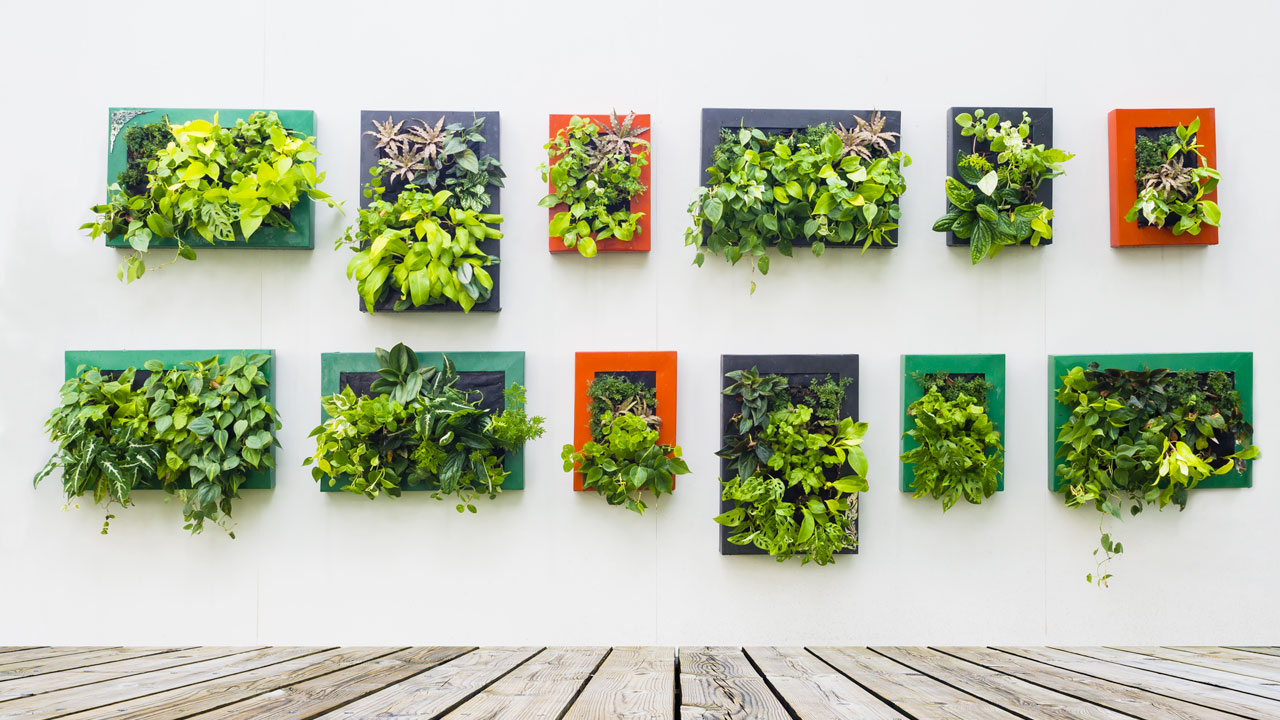Vertical Gardens
Nov 11th 2015
Want an artistic twist to your garden, patio, or landscape? Wish you could grow more flowers or veggies in the space you already have? Vertical gardening is a way to add creativity, beauty and dramatic appeal while maximizing your space. If you live in an urban area with only a small patio, balcony, or deck, vertical gardening can provide room to grow. If you presently have no garden it’s still possible to grow edibles or raise beautiful flowers in whatever space you have available. Just do a web search for the term “vertical gardens” and you’ll find plenty of ideas to get you started.

Public vertical gardens are being constructed and displayed all over the world. The sides of buildings, park structures, and bridges are being covered with hundreds of species of plants arranged to complement each other and the results are breathtaking. The wilds of the natural world are being brought into the city, improving air quality and the emotional well-being of passersby as well.
If you are running out of space in your own garden, growing vertically may provide a solution. Growing flowering vines on the south side garden fence will provide a shaded area for plants that don’t do well in direct sun, such as lettuces, parsley, and beets. You can use the fence on the north side that encloses the garden by planting peas, beans, squash, luffa (or loofah), and melons to get plenty of southern exposure without shading other plants. If you have a solid wooden fence or building in your garden area, running string or wire attached to nails or screws vertically or horizontally will work well and enable climbing plants to flourish.
Flowering vines, such as clematis, purple passion flower, trumpet vine, moonflowers, or morning glories, are available in an amazing range of colors. They can be trained to climb a redwood trellis supported by 4’ x 4’ posts, a tepee of wooden stakes or poles wire together at the top, or a wooden arbor or archway that you pass through as your enter your garden area.
If you have a pergola or covered shade area in your yard, putting tall ceramic or wooden planters next to the base of the supporting posts and planting climbing vegetables in them can give you an assortment of beautiful hanging squash, melons, cucumbers, grapes, or climbing flowers by midsummer. It’s also quite a head turner.
Adding levels to your landscape, deck, or vegetable garden will give you more room to garden and add beauty. Think of adding a stone wall or crushed gravel pathway to turn your flower garden into a botanical garden. Put up a trellis and grow climbing roses for a burst of scent and color. Do some research online and make the entry to your home, backyard, or garden as inviting as you’ve always wanted.


